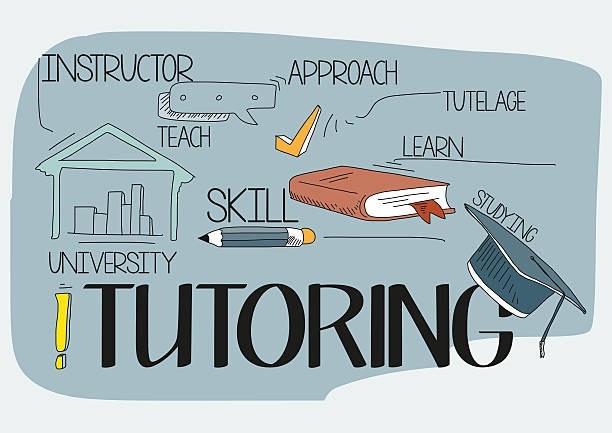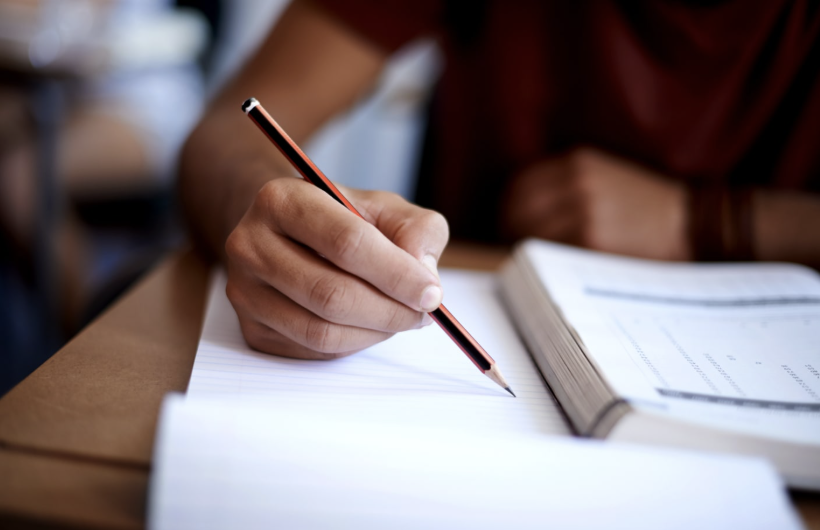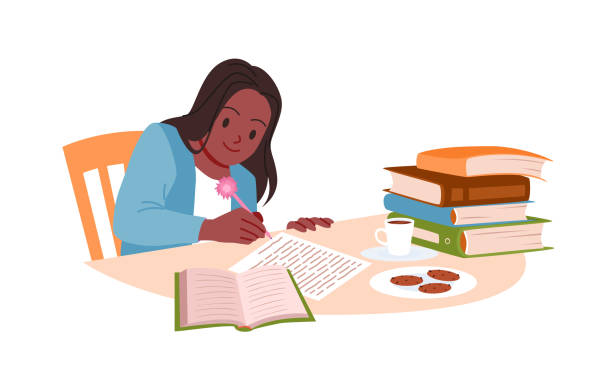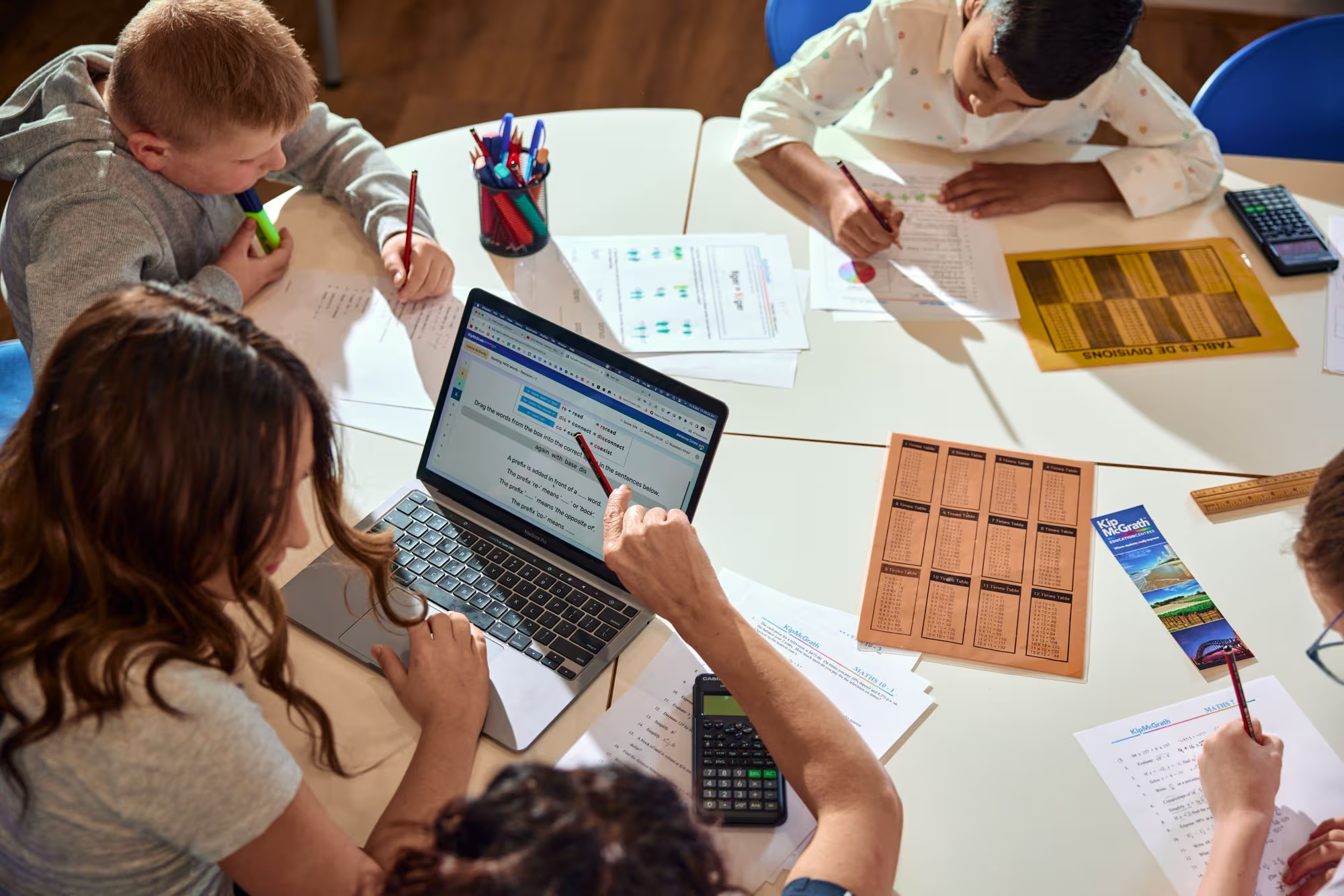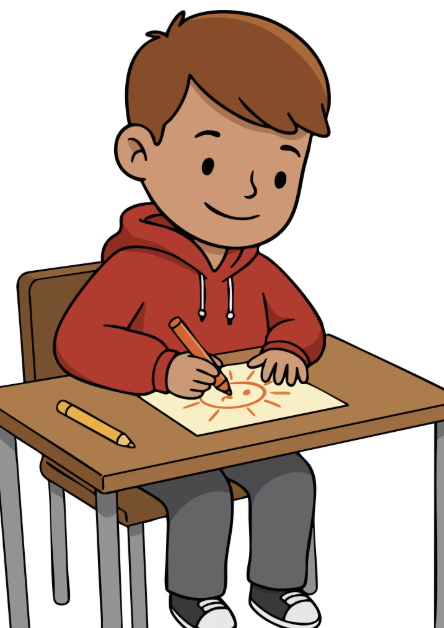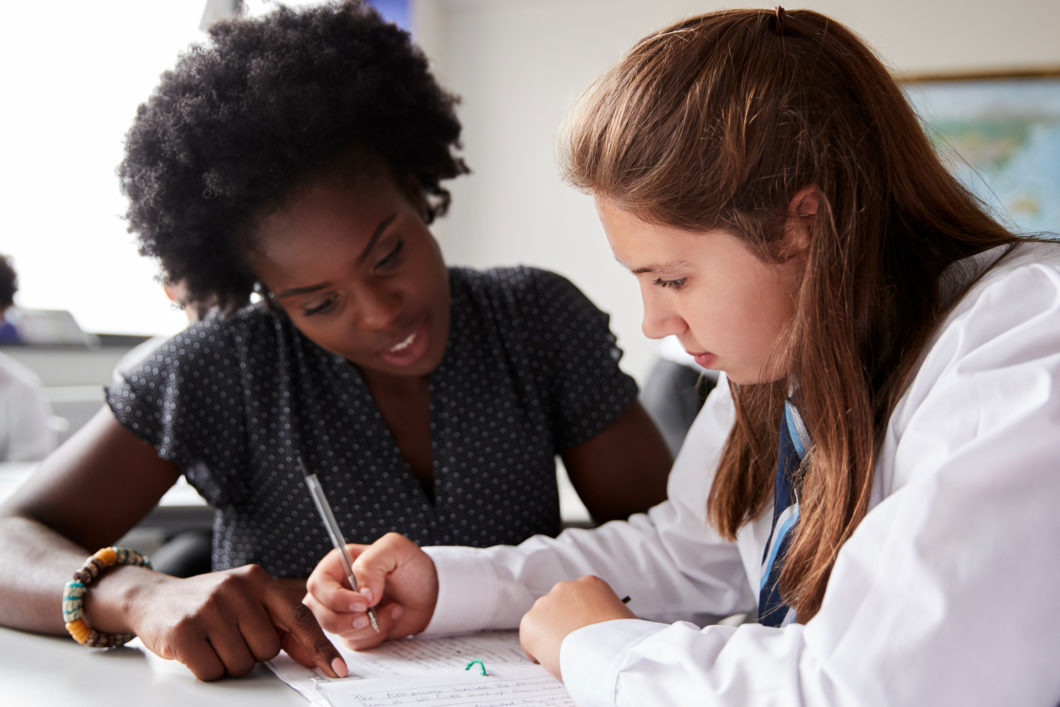
As tutors, we often focus on curriculum content—math skills, reading comprehension, exam techniques—but one of the most powerful things we can teach is confidence. When a student believes they can succeed, their learning accelerates. Confidence isn’t something students either “have” or “don’t have”; it’s a skill that can be built with the right support, structure, and mindset.
The first step is creating an environment where mistakes are seen as part of learning, not something to be afraid of. Many students arrive at tutoring feeling anxious or embarrassed about what they don’t know. By normalising mistakes and showing them how each error gives us information, we shift the focus from perfection to progress. This mindset is especially effective in subjects like Maths, where multi-step processes can feel overwhelming without reassurance.
Another key strategy is teaching students how to break down complex tasks. Whether it’s a long-response English question or a multi-step algebraic equation, students gain confidence when they understand how to tackle problems in stages. Modelling your thinking aloud is a simple but powerful tool—students benefit enormously from hearing expert reasoning. They learn not just what to do, but how to think.
Consistent routines also help build confidence. Starting each session with a quick warm-up, reviewing previous concepts, or setting a small learning goal can help students feel in control. When progress is visible—through corrected work, improved test scores, or simply a smoother approach to solving problems—students begin to trust their abilities.
Finally, celebrate the wins, big or small. Confidence grows when achievements are acknowledged. A student who once struggled with basic fraction operations may beam with pride after solving a word problem independently. These moments matter; they reinforce effort and remind students that they are capable learners.
Tutoring is more than academic support—it’s guidance, encouragement, and the steady reminder that growth is always possible. When we help students believe in themselves, everything else becomes easier. And often, that confidence becomes the most valuable lesson they carry with them long after tutoring ends.
Carmen Yuen
